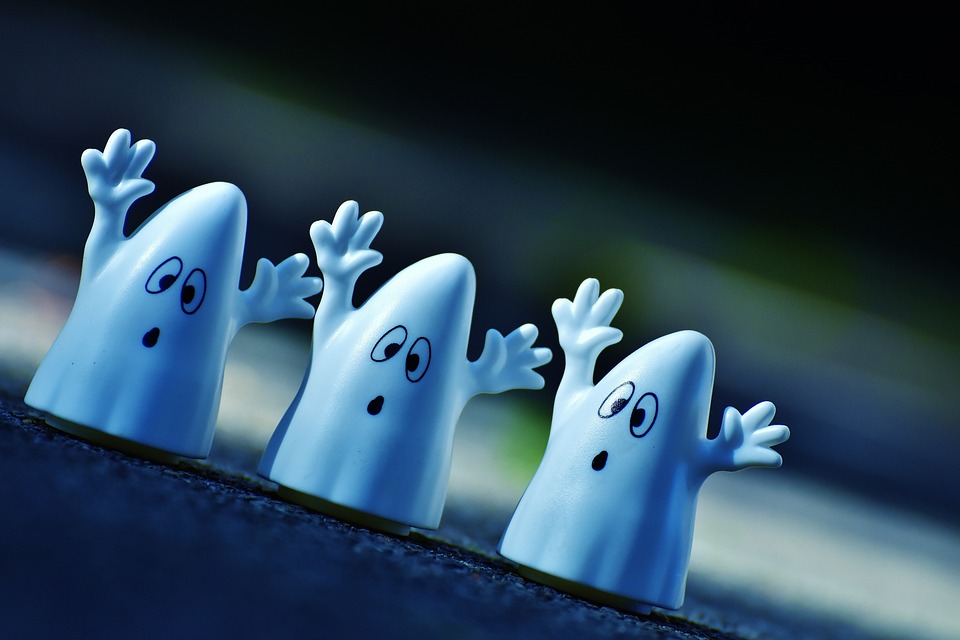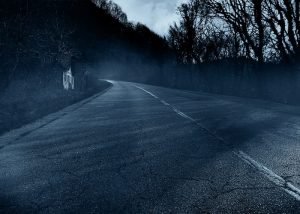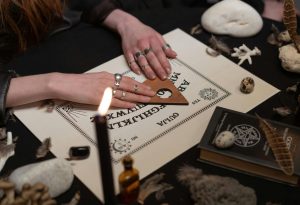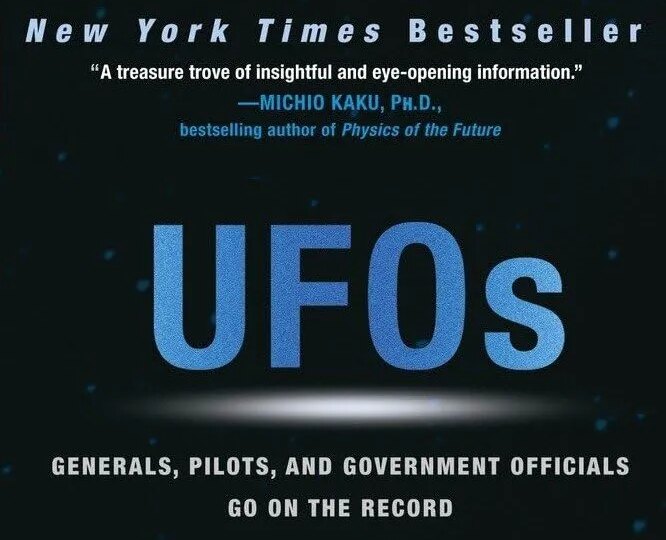
The origins of the Ouija board are shrouded in mystery, but there is evidence to suggest it may have originated in historic civilizations.
According to occult historians, the first record of something resembling a Ouija board was found in China around 1200 B.C. The Chinese would move a stick around a tray filled with sand to communicate with spirits from the other world.
Other sources claim that in 540 BC, Pythagoras held séances at “a mystical table, moving on wheels, which moved towards signs which the philosopher and his disciple Philolaus interpreted before the audience as revelations supposedly coming from the invisible world.”


The first undisputed apply of “talking boards” occurred as the Spiritualist movement swept the world in the 1850s. he started In 1848, the Fox sisters claimed to hear mysterious “knocking” sounds in their New York City home, which they believed were communications from the spirit world.
After a series of questions and answers, Kate Fox concluded that the noise was coming from the previous tenant, who had been murdered and buried in the basement of the Fox home.
The paranormal encounter gained traction when human remains were reportedly discovered beneath the floorboards of a petite house. The news quickly gained national attention, and the Fox sisters became celebrities.
The desire to contact the dead became a national obsession that soon spread throughout the United States and Europe.


People began to hold séances, where they would ask spirits questions that could be answered by a series of knocks or bangs. It was said that over ten percent of the population began to hold these séances. Even Mary Todd Lincoln held séances, in the White House, regularly, trying to contact her deceased children.
Methods of divination at the time included swinging a pendulum over a plate with letters on its edge, or using an entire table to point to letters drawn on the floor. In its early days, the Ouija board was called a Talking Board and looked very different from the packaged consumer goods we know today.
Then, on May 28, 1890, businessmen Elijah Bond and Charles Kennard came up with the idea of patenting a board sold with a tablet on which the alphabet was printed. Thus, he invented the first Ouija board.
In 1966, the rights to the Ouija board were sold to Parker Brothers, which still owns all trademarks and patents.


Does the Ouija board have anything to do with paranormal phenomena?
It all depends on whether you believe in the spirit world or not. Paranormal researchers believe that many different types of spirits coexist with us in the physical world.
They believe that the Ouija board has no power in and of itself, but is rather a tool that can be used to establish contact with spirits residing on the lower astral plane.
These spirits are often very confused and may have died a violent or sudden death.
“Most of the recently deceased, who are essentially spirits, are never seen again by the living once they pass beyond this twilight realm.
In certain circumstances, however, the dead can become trapped in the lower etheric realms closest to our physical reality. Often, they do not know how to do this or simply refuse to move on.
Often this reluctance is the result of a sudden, violent death combined with negative emotions or circumstances that provide a material connection – at least for the deceased – to the physical world.
If you don't believe in ghosts, a Ouija board might be for you. explained simply as a toy that can be manipulated by the subconscious or conscious mind of the players.
The Encyclopedia of the Occult and the Supernatural points out that people who apply a Ouija board are blindfolded and are unable to convey intelligible messages.
Image Source: Pixabay.com






